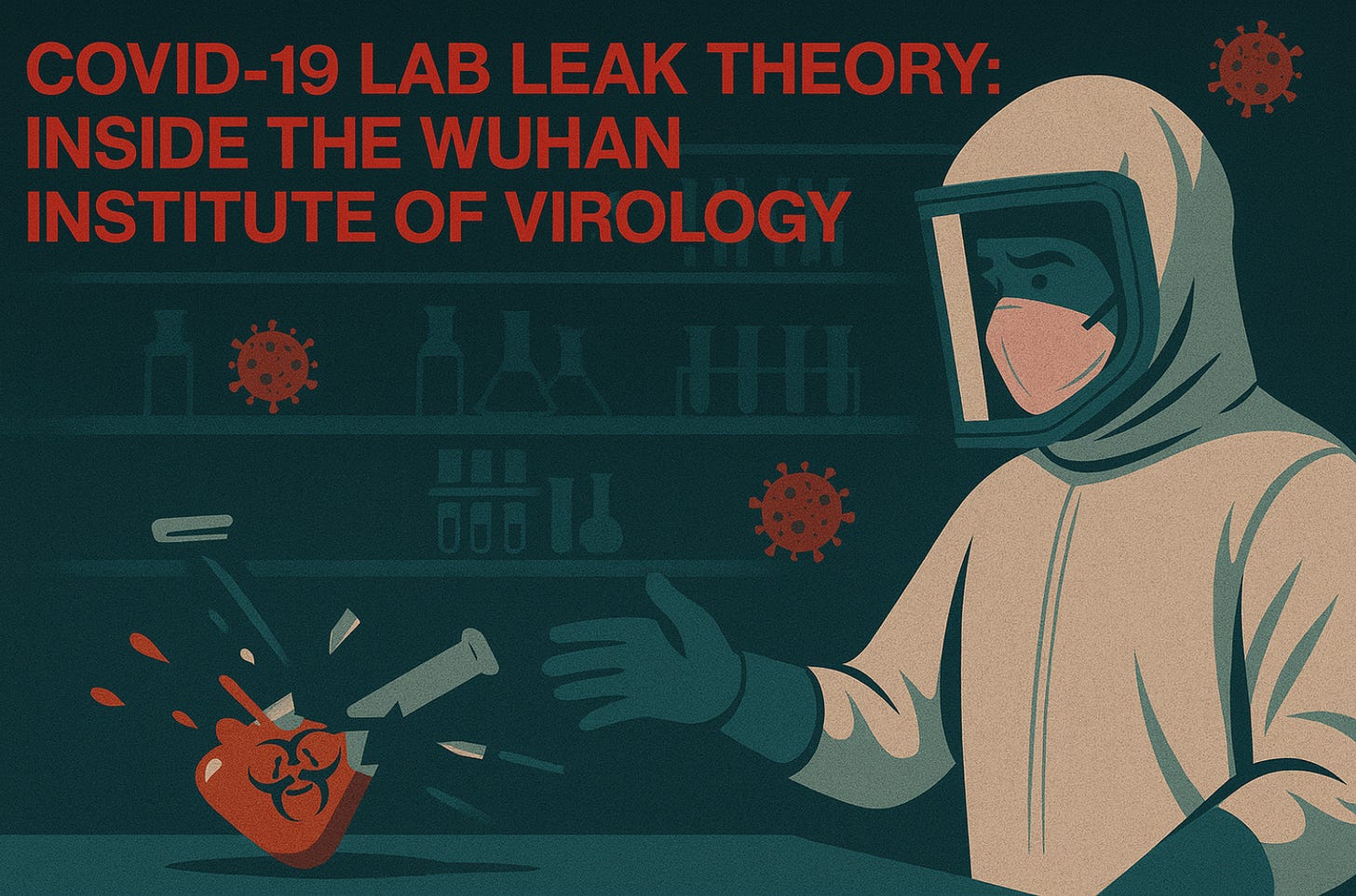Beijing’s Secret Biowar: National Security Experts Probe Fentanyl and Expanding Viral Bioweapons Program After COVID-19 Lab Leak
A new book argues that Beijing transformed a pandemic lab leak into a global field test — and is now accelerating bioweapons development and fentanyl production from Pakistan to Wuhan.
WASHINGTON — In 2022, synthetic opioids killed more than 75,000 Americans. But according to the authors of China’s Total War Strategy: Next-Generation Weapons of Mass Destruction, these fentanyl deat…
Keep reading with a 7-day free trial
Subscribe to The Bureau to keep reading this post and get 7 days of free access to the full post archives.



